Toyota has finished production of the first ten prototypes of the fuel-cell electric Hilux pickup at Toyota Motor Manufacturing (TMUK) in the UK. It was developed with the help of Toyota Europe in Brussels, and now the Japanese carmaker has lifted the veil on its final specs.
It uses core elements from the Toyota Mirai, with a fuel cell stack containing 330 cells mounted above the front axle. The Hilux FCEV is rear-wheel drive via an e-motor on the rear axle, delivering 134 kW (182 hp) of maximum power and 300 Nm torque. Its expected driving range is up to 600 km, further than might be achieved with a battery electric system.
7.8 kg of hydrogen storage
Hydrogen is stored in three high-pressure fuel tanks mounted in the ladder chassis, each containing 2.6 kg for a total system capacity of 7.8 kg. The 4.0 Ah lithium-ion hybrid battery, which stores the electricity produced onboard by the fuel cell, is positioned in the rear load deck above the hydrogen tanks to avoid any loss of cabin space.
The project started with a feasibility study in early 2022 to demonstrate the advantages of hydrogen via a representative prototype vehicle. Toyota expects Europe to be one of the largest hydrogen fuel cell markets by 2030, with “steady growth in mobility and power generation applications”.
The UK Government partially funded the Hilux FCEV project through the Advanced Propulsion Center, a non-profit organization supporting cleaner technologies and new mobility concepts.
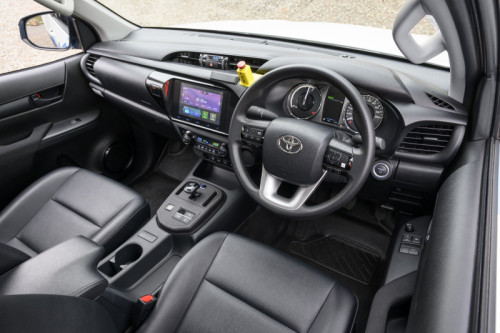
With help from Brussels
Toyota Motor Europe (TME) contributed to the final prototype through its Technical Center in Zaventem, near Brussels. Alongside consortium partners Ricardo, ETL, D2H Advanced Technologies, and Thatcham Research, an intense design and development program ran from July 2022 to January 2023.
Fuel cell modules are assembled locally in Europe at TME’s R&D center in Belgium. The center houses an assembly line that combines advanced technologies with high-quality assemblage.

Toyota says the Hydrogen Factory Europe operation will produce more fuel cell systems and is closely connected with the manufacturer’s other hydrogen operations to achieve global reach and service.
The factory where the FCEV Hilux prototypes were made, TMUK, was Toyota’s first production plant to become active in Europe in 1992. Today, it produces the Corolla Hatchback, Touring Sports, and Commercial models at its production center in Burnaston, Derbyshire, and hybrid engines at its Deeside, North Wales facility.
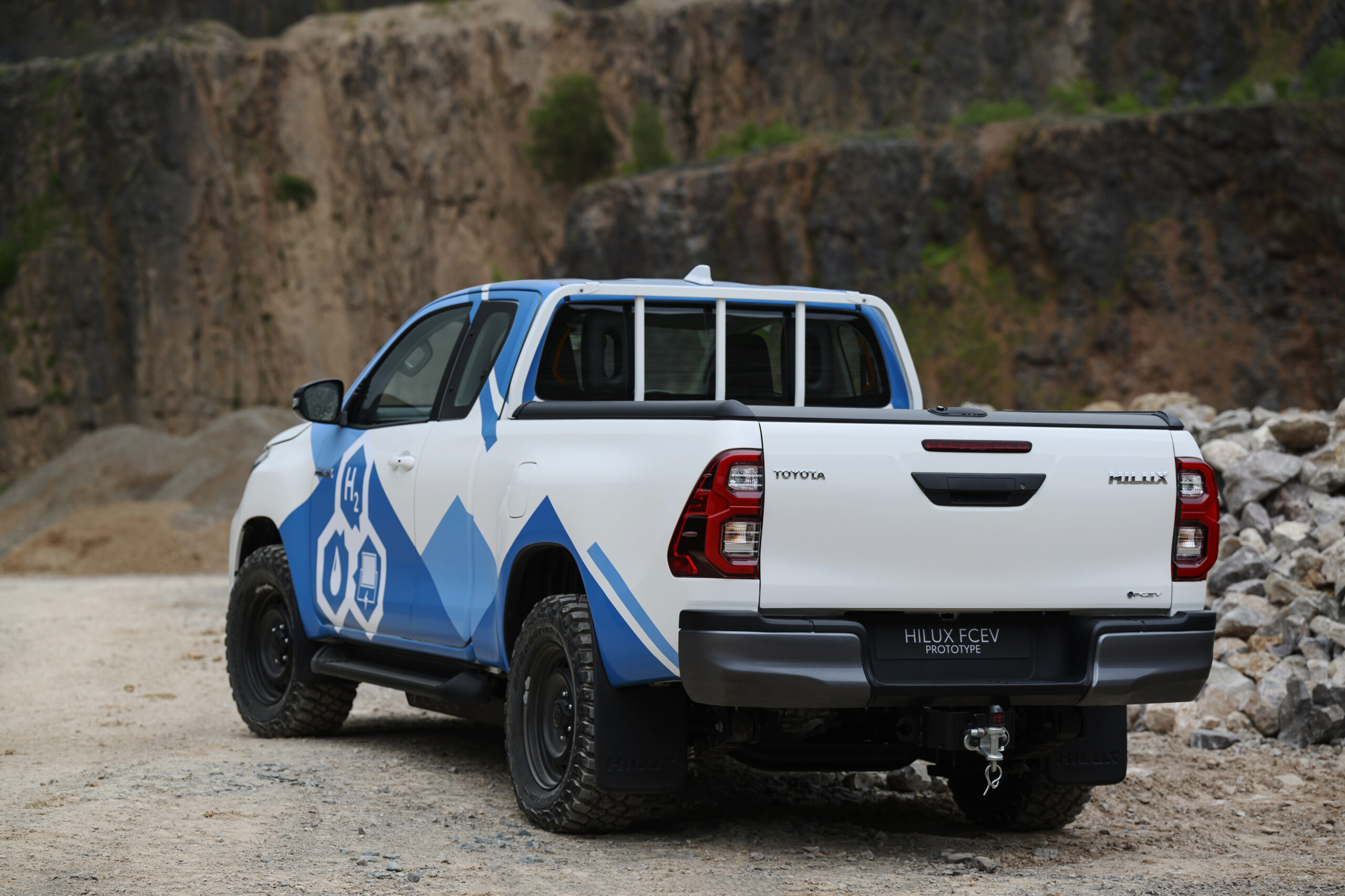
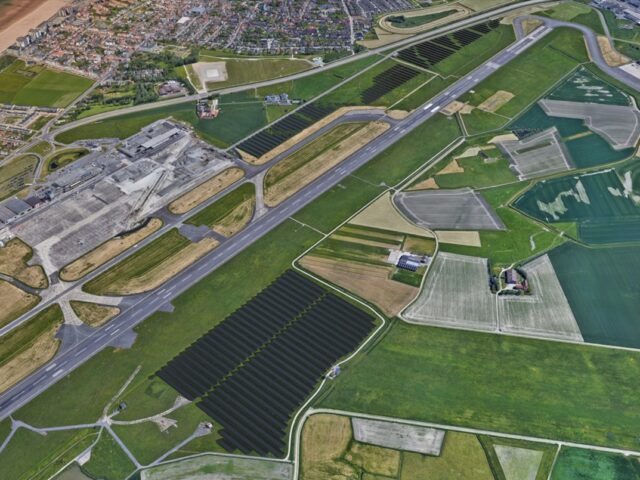
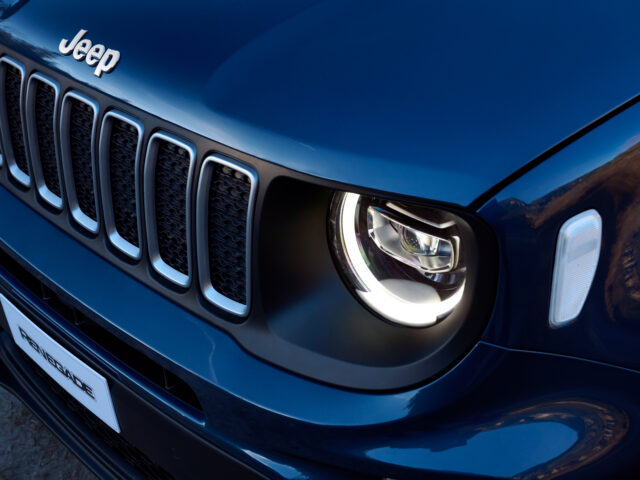
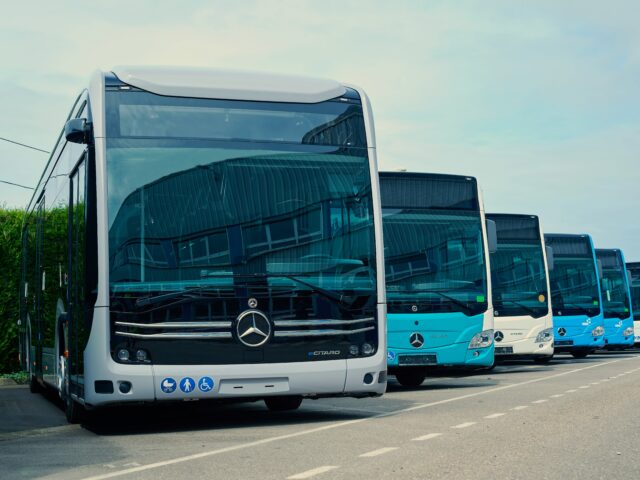
Comments
Ready to join the conversation?
You must be an active subscriber to leave a comment.
Subscribe Today